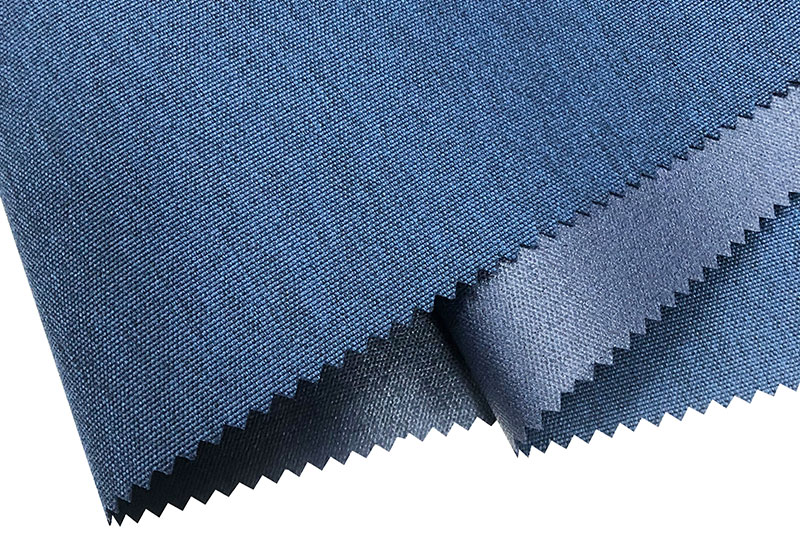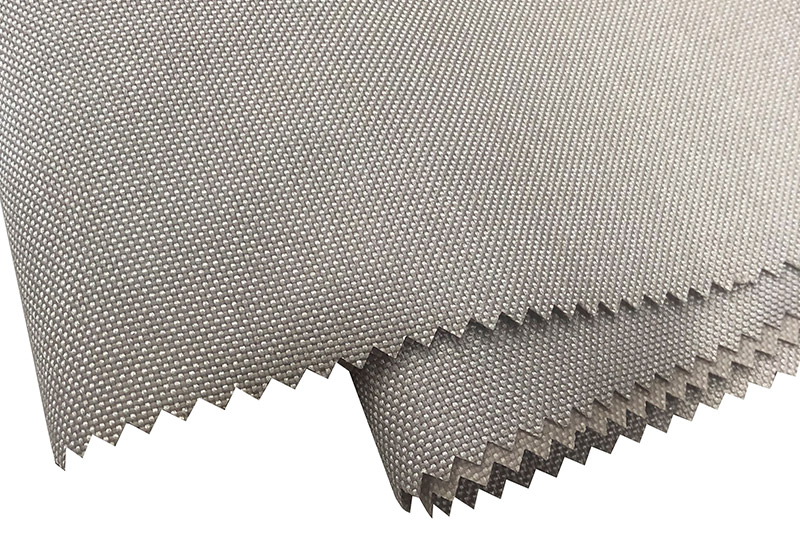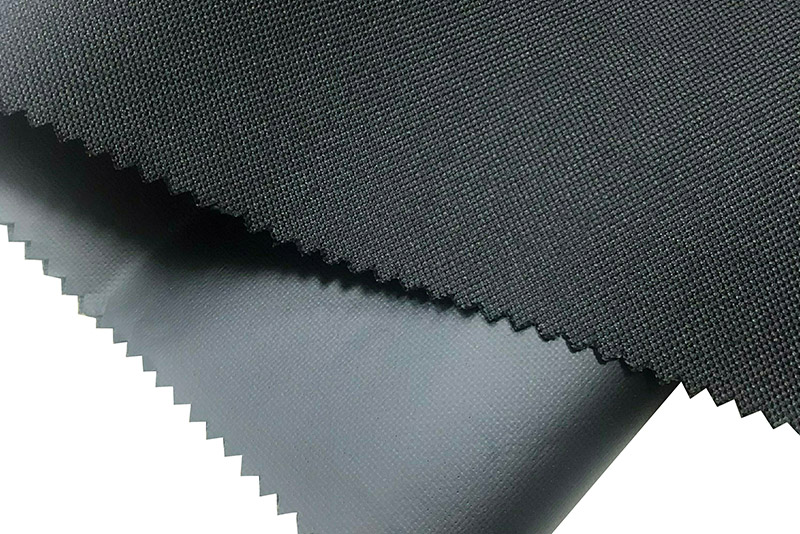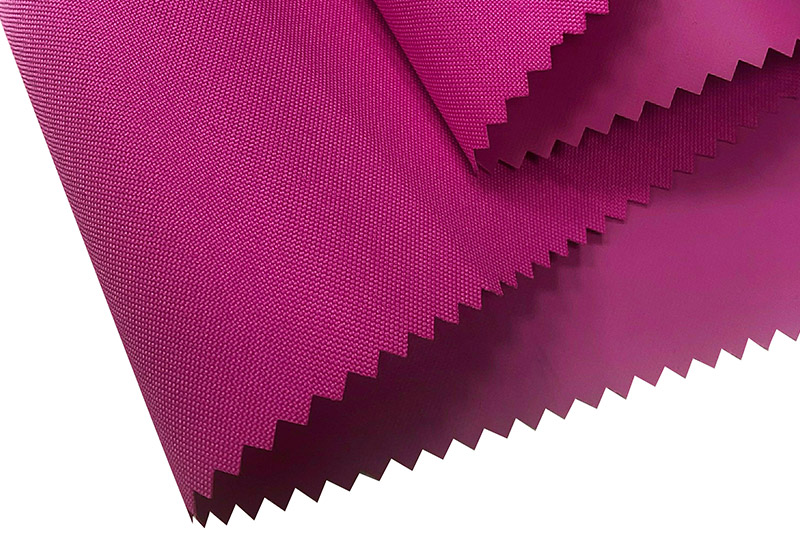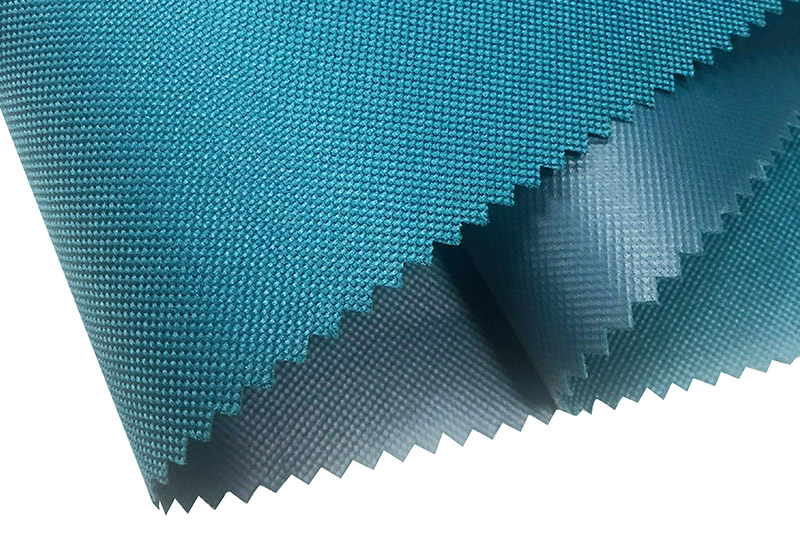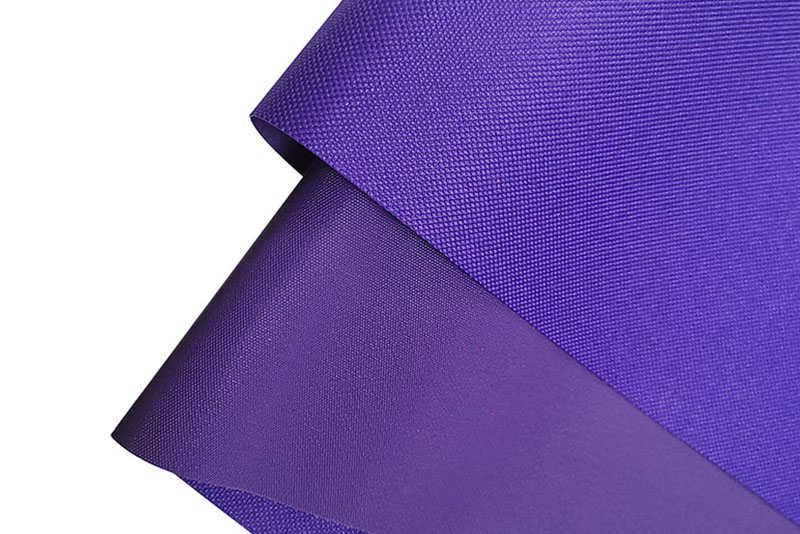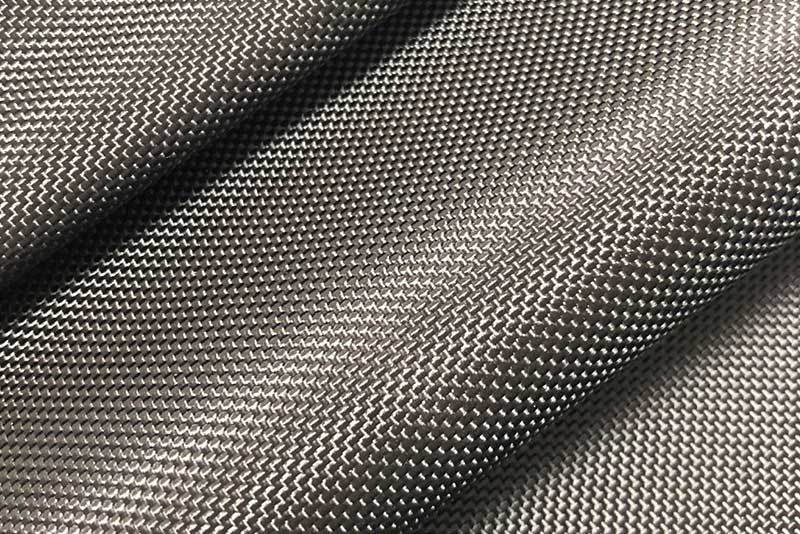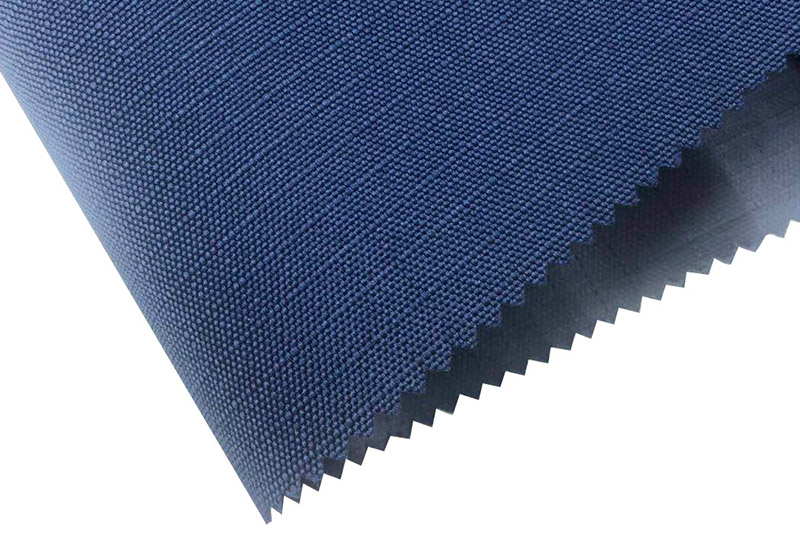In the realm of textiles, the term "Jacquard" refers to a sophisticated weaving technique that enables intricate patterns to be woven directly into the fabric, rather than printed or embroidered onto the surface. This technique, named after its inventor Joseph Marie Jacquard, has given rise to a variety of fabric types, each distinguished by its specific weave structure and texture. Among these, Jacquard Oxford fabric stands out as a particularly refined and versatile variation. But what sets it apart from other Jacquard fabrics? To understand the nuances, it's essential to delve into the specific characteristics of Jacquard Oxford fabric and compare it with other Jacquard varieties.
The Basics of Jacquard Weaving
At its core, Jacquard weaving involves the use of a specialized loom that allows for the automatic raising and lowering of individual warp threads. This mechanism permits the creation of highly complex and detailed patterns that are woven into the fabric itself, offering a level of durability and sophistication that surpasses simple printed or embroidered designs. The results are fabrics with intricate, almost sculptural patterns that stand out for both their aesthetic appeal and tactile qualities.
Jacquard Oxford Fabric: A Unique Fusion
Jacquard Oxford fabric, while rooted in the Jacquard weaving tradition, is a distinct fabric type that combines the luxurious, detailed patterns of Jacquard with the soft, durable texture of traditional Oxford cloth. Oxford cloth is renowned for its tight weave, typically made with a combination of two yarns—one thicker and the other finer—creating a unique basketweave pattern that offers durability and a slightly textured finish.

When the Jacquard technique is applied to Oxford cloth, the result is a fabric that retains the strength and resilience of traditional Oxford but introduces a layer of ornate, woven patterns. This fusion creates a fabric that is both visually striking and functional, ideal for creating high-end shirts, blouses, and other formal or semi-formal garments. The patterns in Jacquard Oxford fabric are usually more subtle than those found in other Jacquard variations, offering a refined aesthetic that doesn't overpower the overall look.
Comparing Jacquard Oxford to Other Jacquard Fabrics
Standard Jacquard Fabrics
Other Jacquard fabrics, such as Jacquard brocade or Jacquard damask, showcase the technique’s full artistic potential. These fabrics are typically characterized by bold, intricate patterns that are often used for more opulent or decorative purposes. Jacquard brocades, for example, often feature rich, raised designs that are ideal for formal evening wear, upholstery, and other luxurious applications. Similarly, Jacquard damask fabrics are recognized for their reversible, monochromatic patterns, traditionally used for elegant table linens, drapery, and fine garments.
Unlike Jacquard Oxford fabric, which maintains the simplicity and durability of Oxford cloth, these fabrics tend to prioritize ornamental aesthetics over practicality. The patterns in brocade and damask are typically more prominent and can sometimes be visually overwhelming, especially when compared to the more understated designs of Jacquard Oxford.
Jacquard Twill and Jacquard Satin
Jacquard twill and Jacquard satin are also notable variations within the Jacquard family. Jacquard twill fabrics, like their non-Jacquard counterparts, are distinguished by their diagonal weave, which provides an additional layer of texture. While the Jacquard weaving technique can produce intricate patterns on twill fabrics, the twill weave itself still dictates the overall texture and drape of the material. Jacquard satin, on the other hand, is known for its high sheen and smooth finish, which can enhance the visual complexity of the Jacquard design but may lack the rugged texture and durability of an Oxford weave.
By contrast, Jacquard Oxford offers a more versatile fabric for everyday use, balancing intricate patterning with a robust, slightly textured structure that works well for both casual and formal applications.
Durability and Application
The primary advantage of Jacquard Oxford fabric lies in its practical durability. The combination of the Jacquard technique with the Oxford weave ensures that the fabric is not only visually striking but also resilient enough to withstand regular use. This makes it a popular choice for high-quality shirts and other garments that require a balance between elegance and longevity.
In contrast, fabrics like Jacquard brocade and Jacquard satin, while equally sophisticated, are more prone to wear and tear due to their delicate, often fragile nature. These fabrics are best suited for occasions where visual impact is the priority—such as evening wear, formal events, or upholstery—rather than day-to-day use.
The Final Verdict: A Matter of Balance
In conclusion, the primary distinction between Jacquard Oxford fabric and other Jacquard fabrics lies in its practical elegance. Jacquard Oxford merges the timeless charm of Oxford cloth with the complexity of Jacquard weaving, producing a fabric that offers subtle, yet sophisticated patterns without sacrificing durability. While other Jacquard variations like brocade, damask, and satin excel in ornamental appeal, Jacquard Oxford is uniquely suited for those seeking a more refined yet functional textile.
Whether you are in search of a fabric for everyday wear or a statement piece for formal occasions, understanding the differences within the Jacquard family can help you make an informed decision tailored to your needs.



 English
English 简体中文
简体中文 русский
русский Español
Español